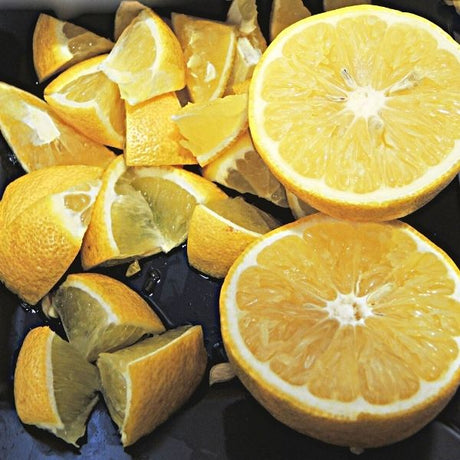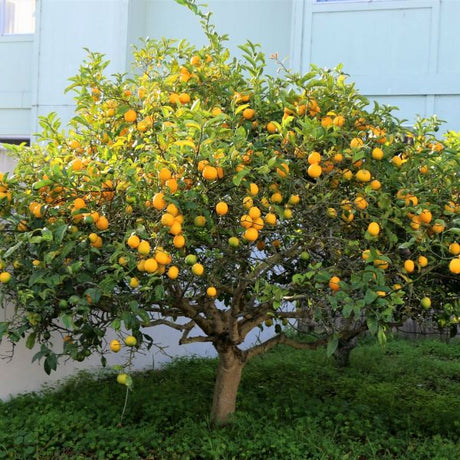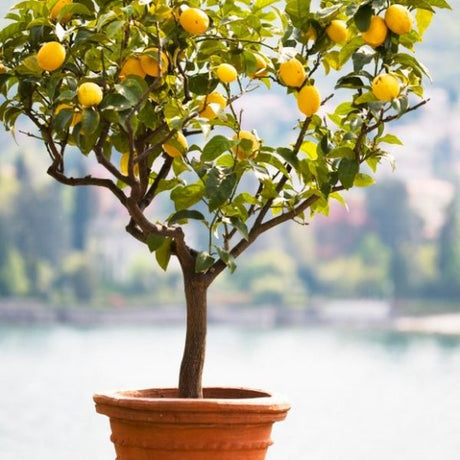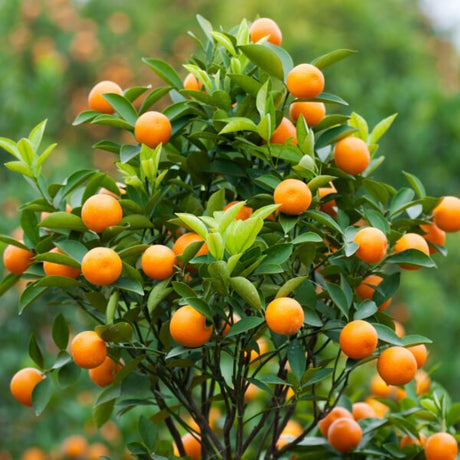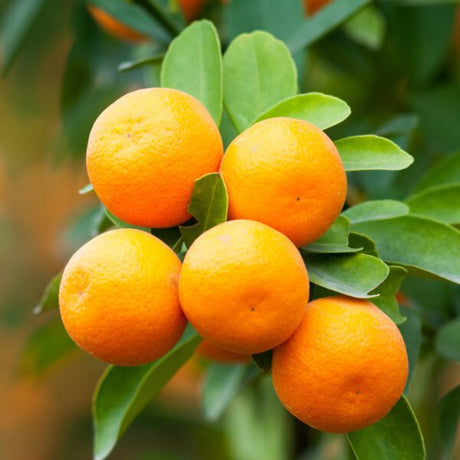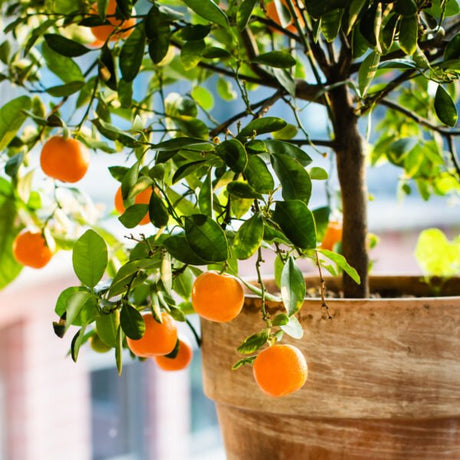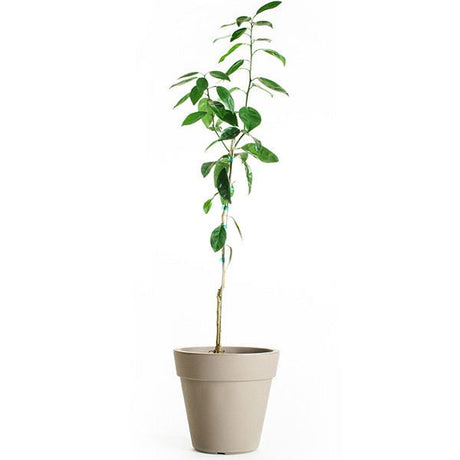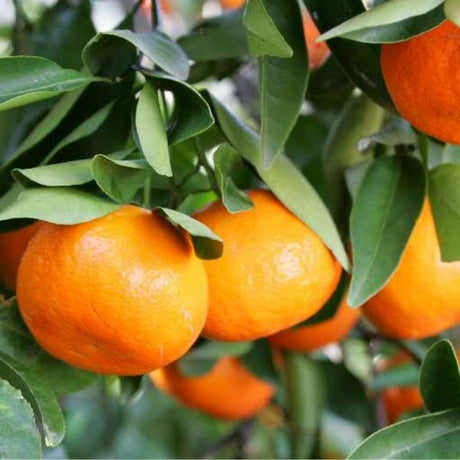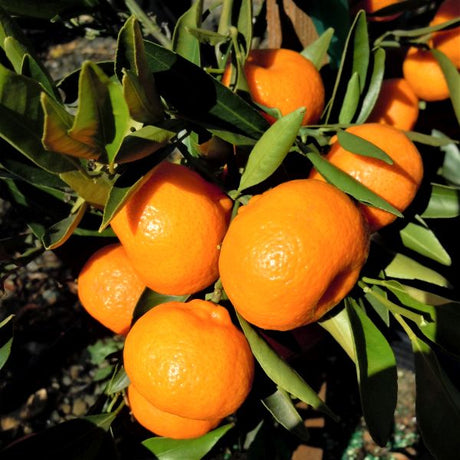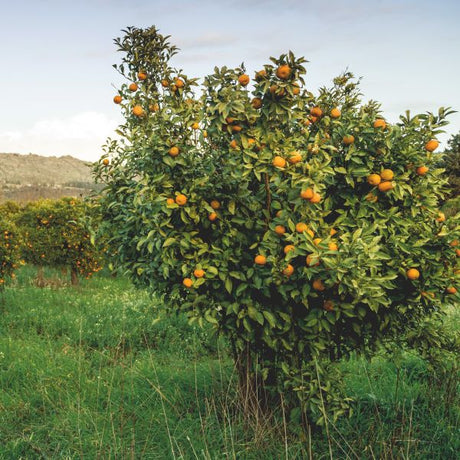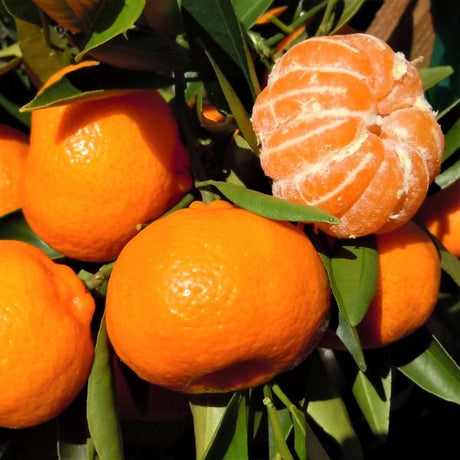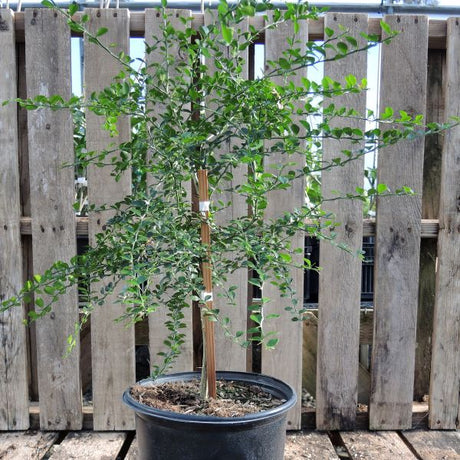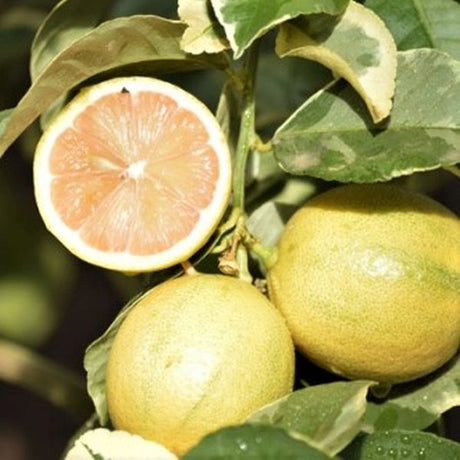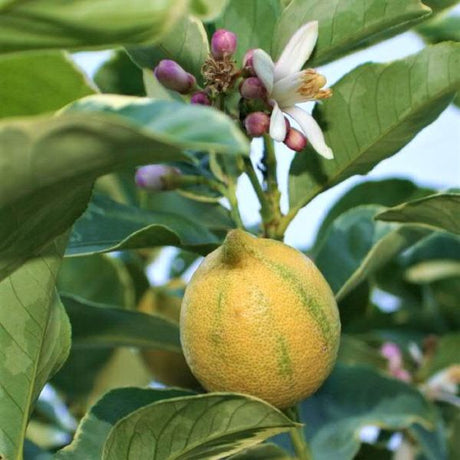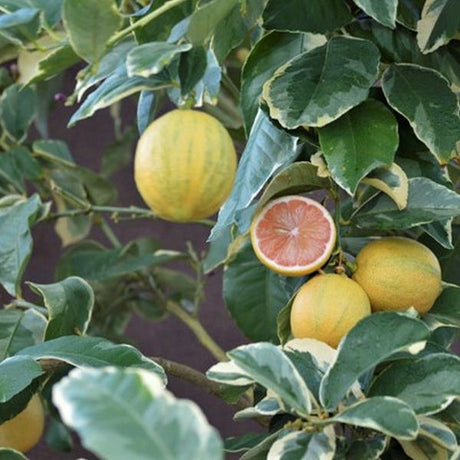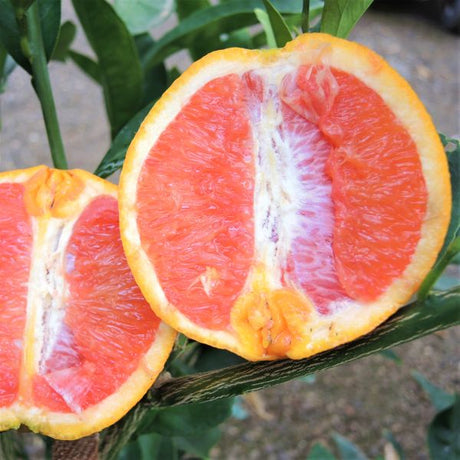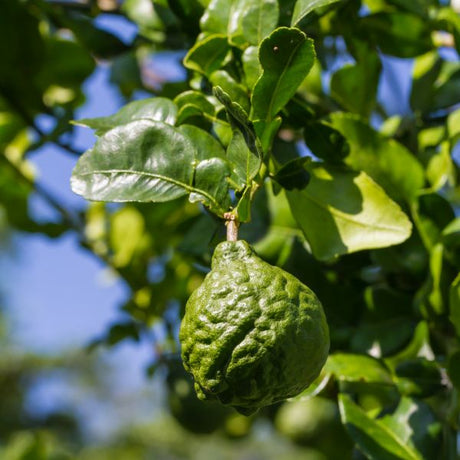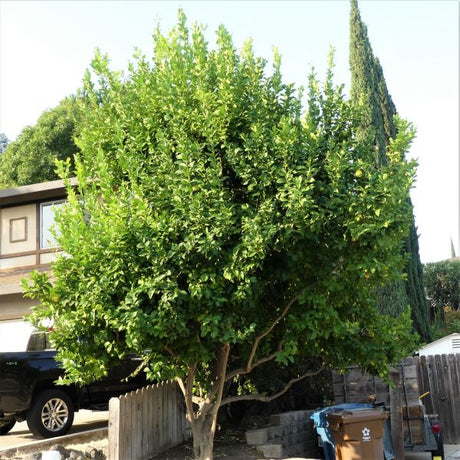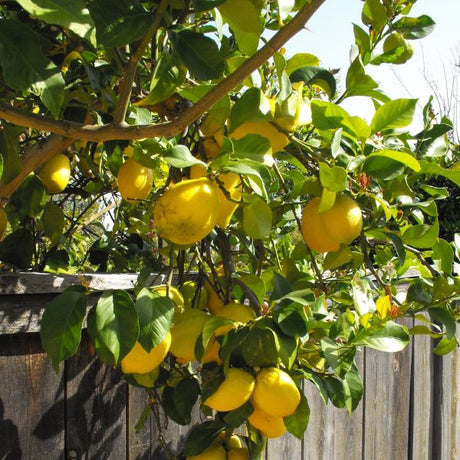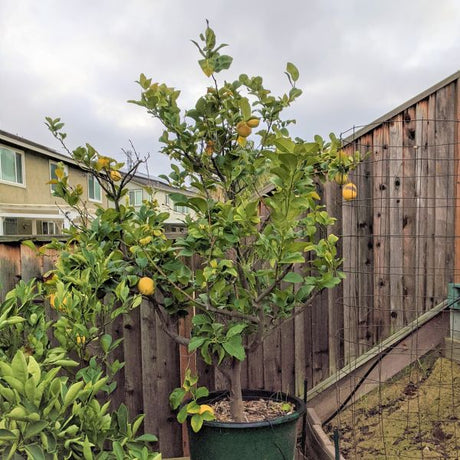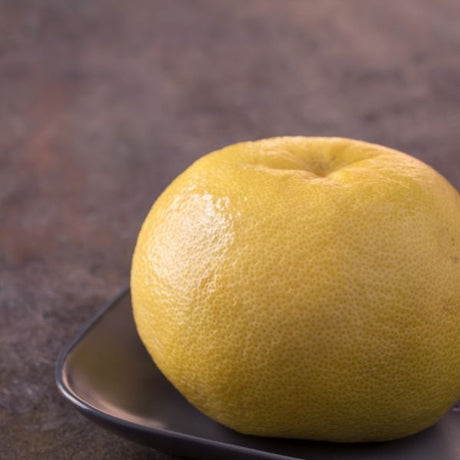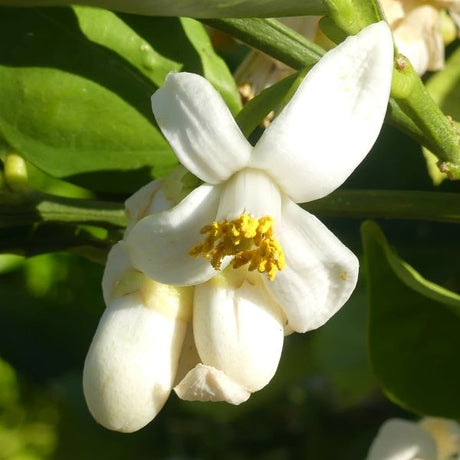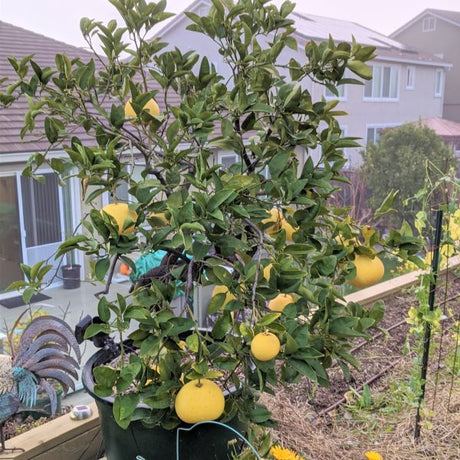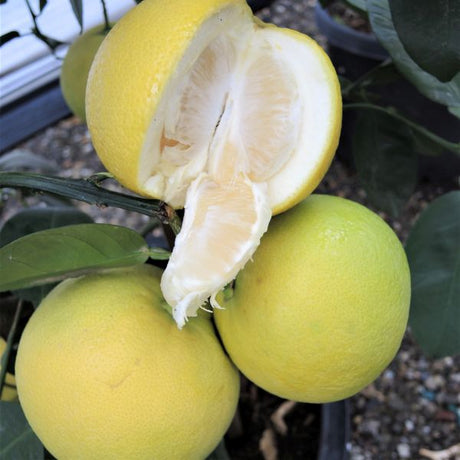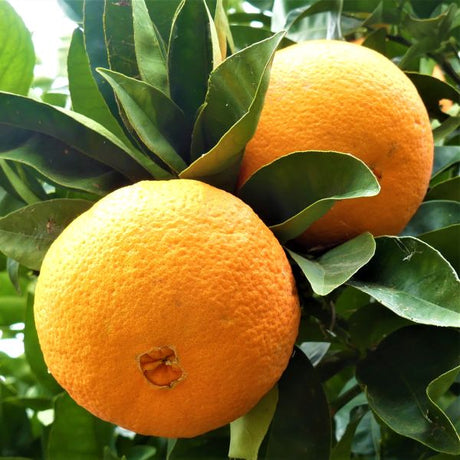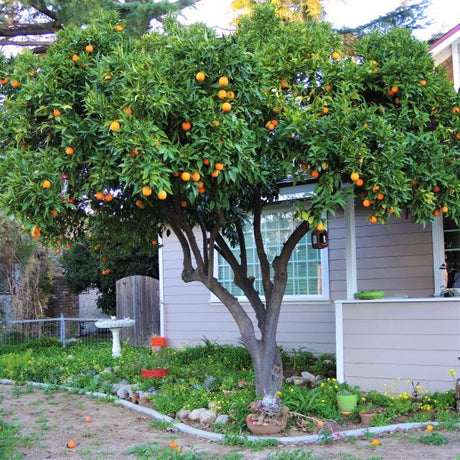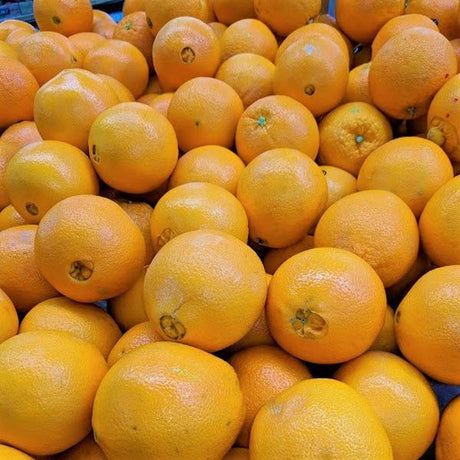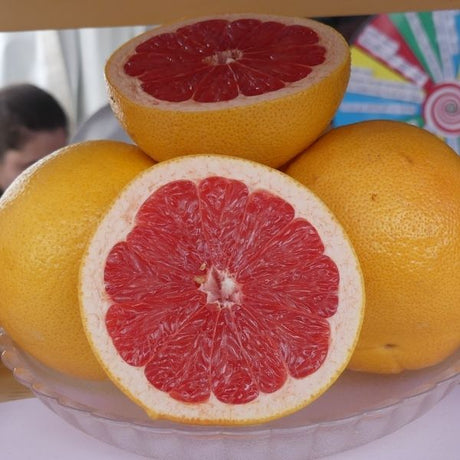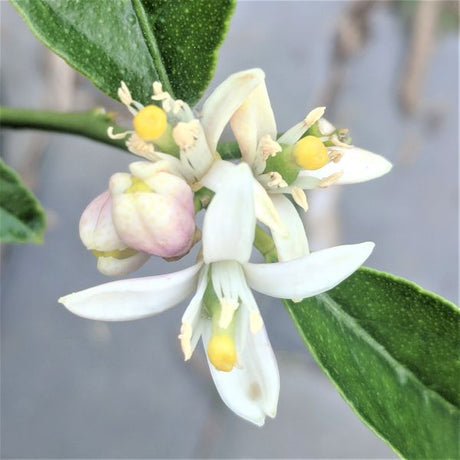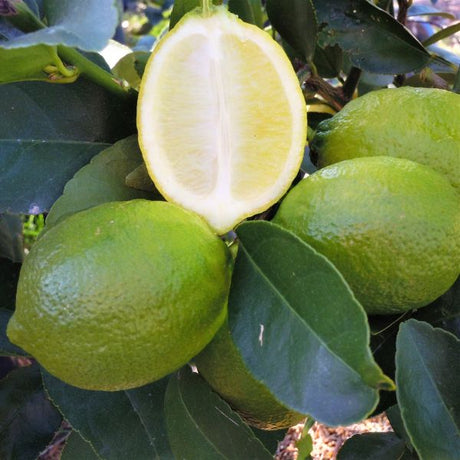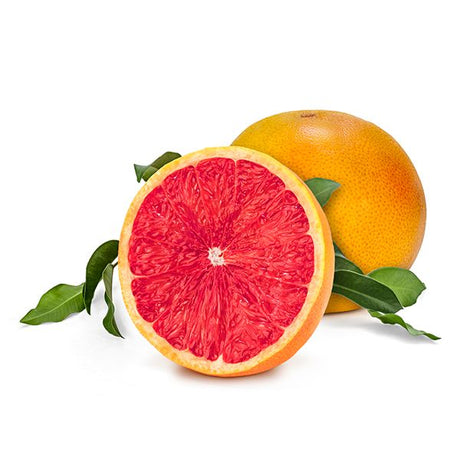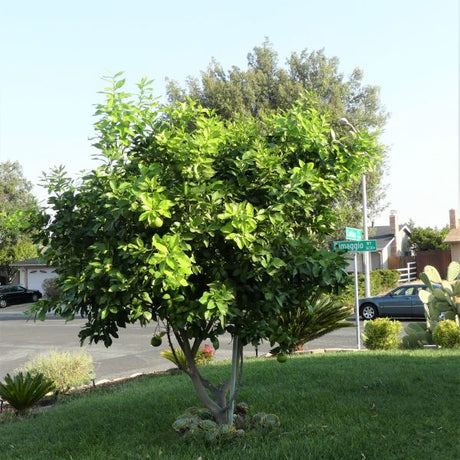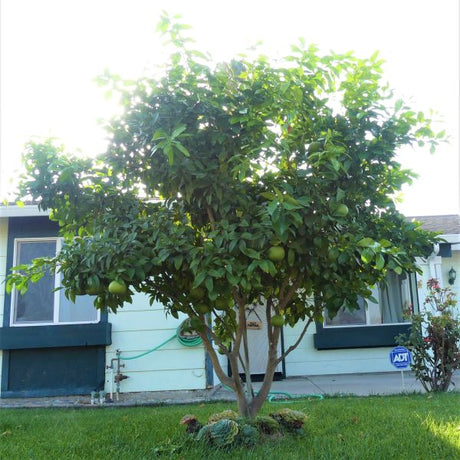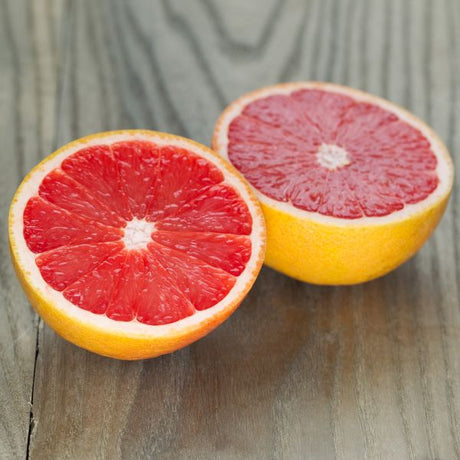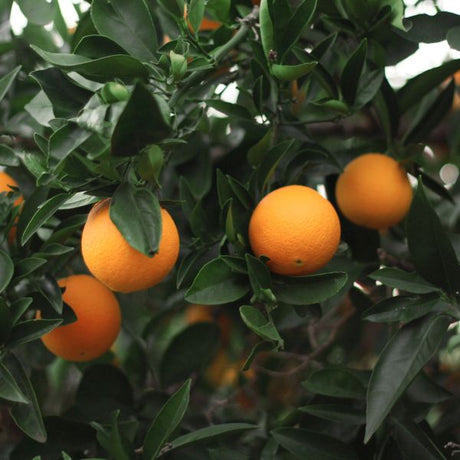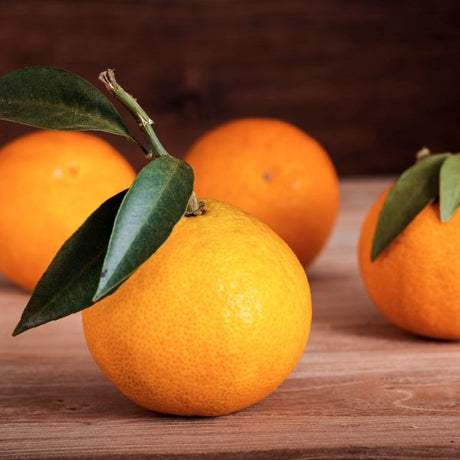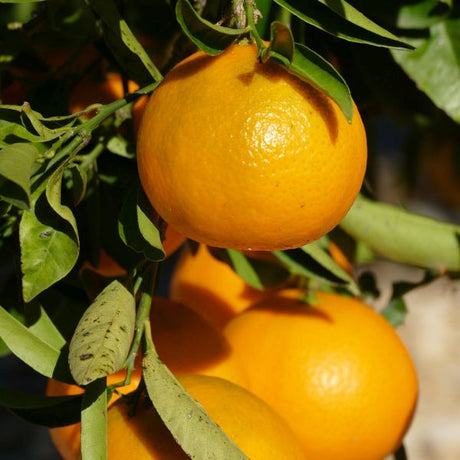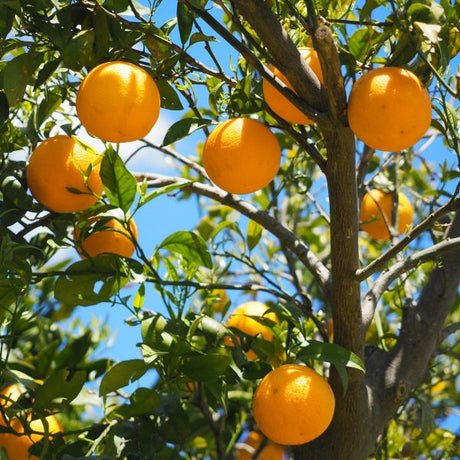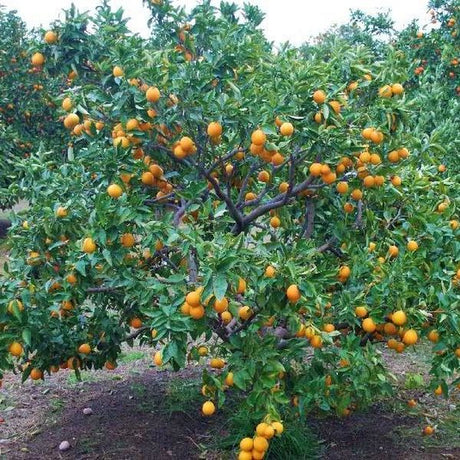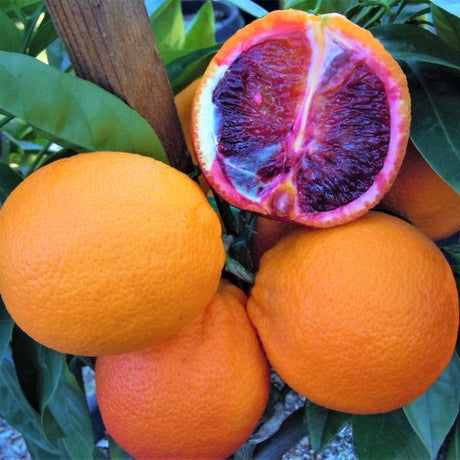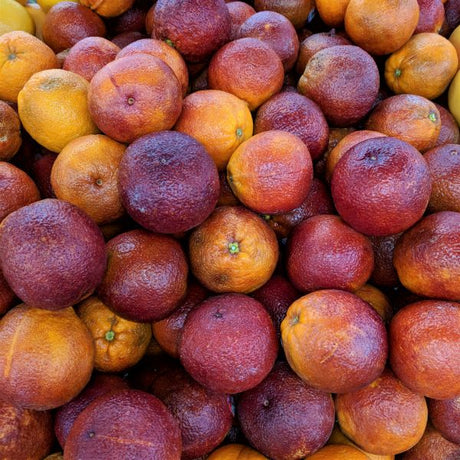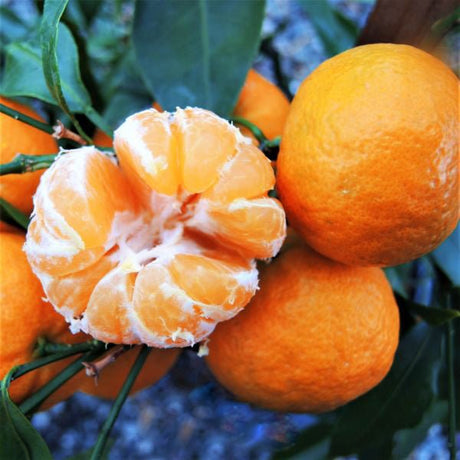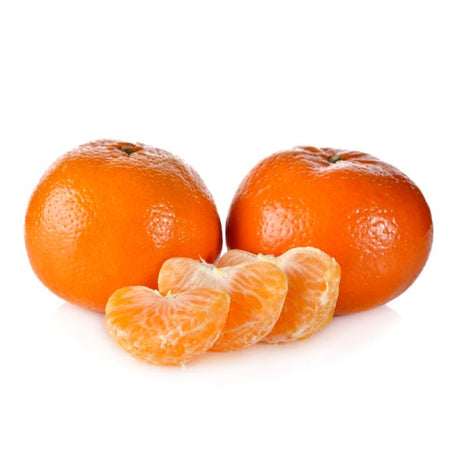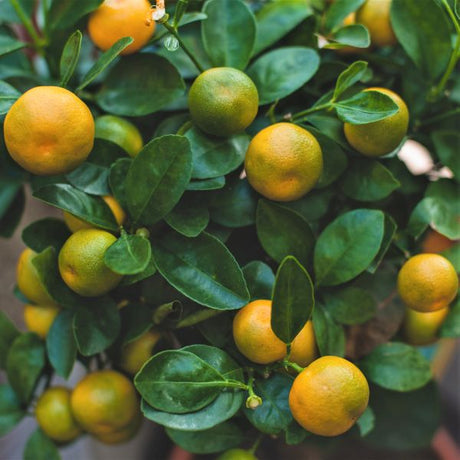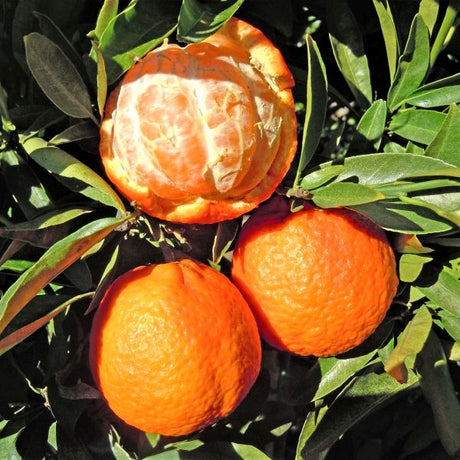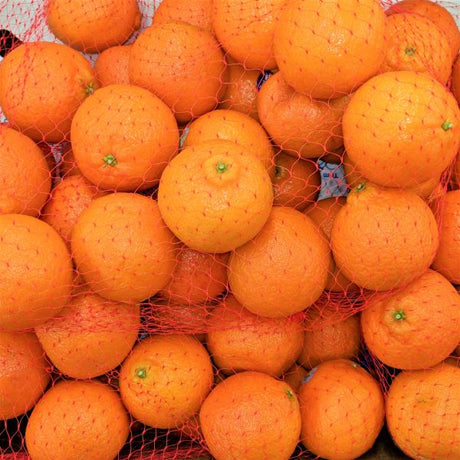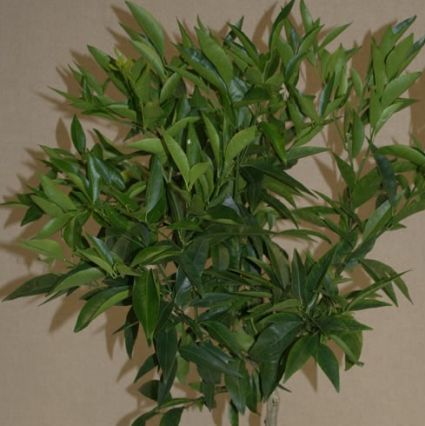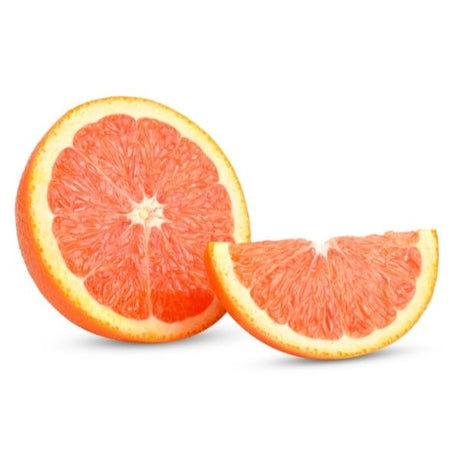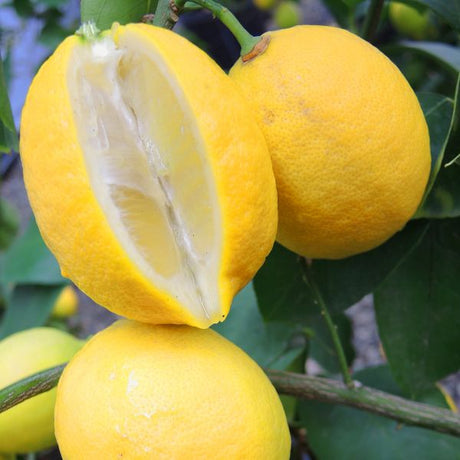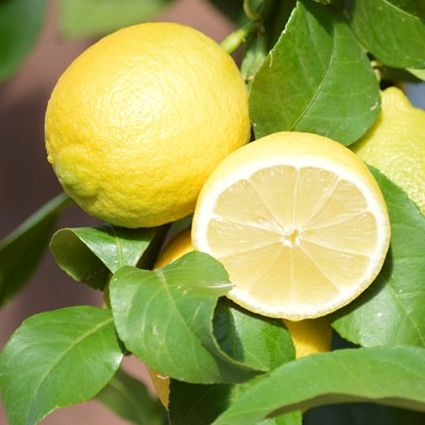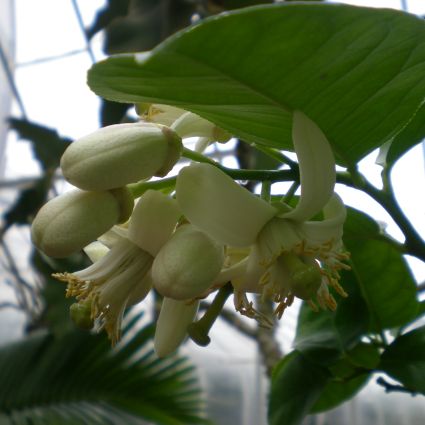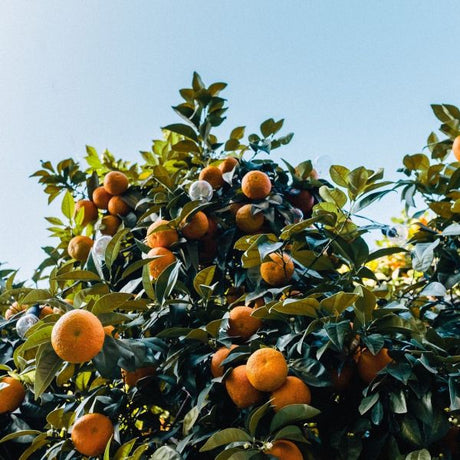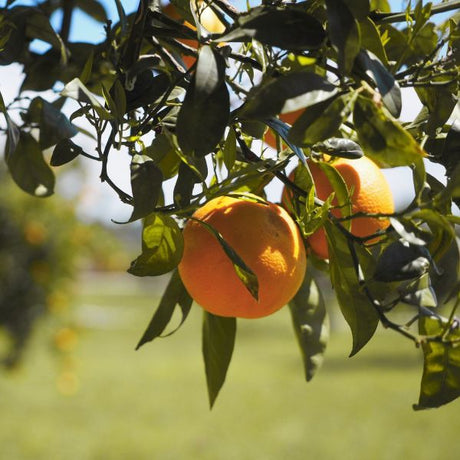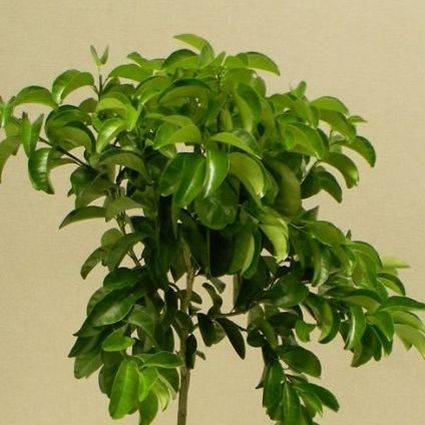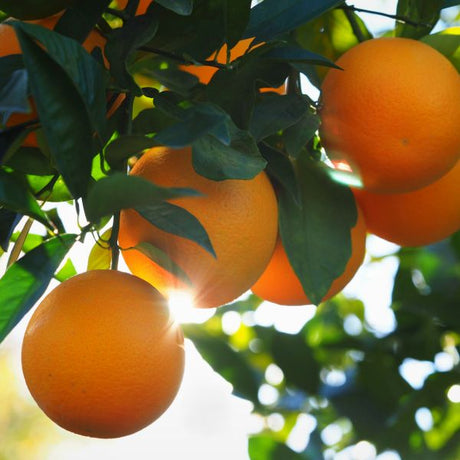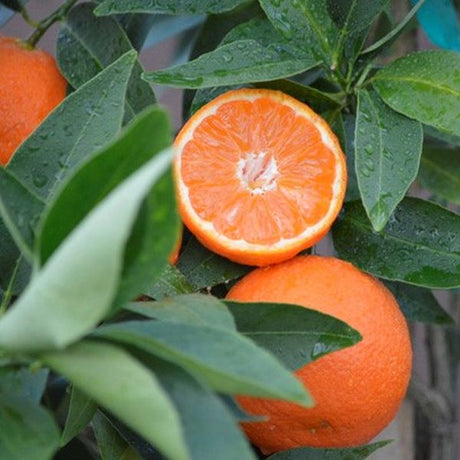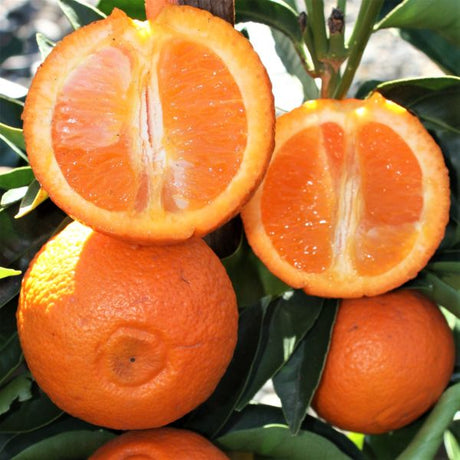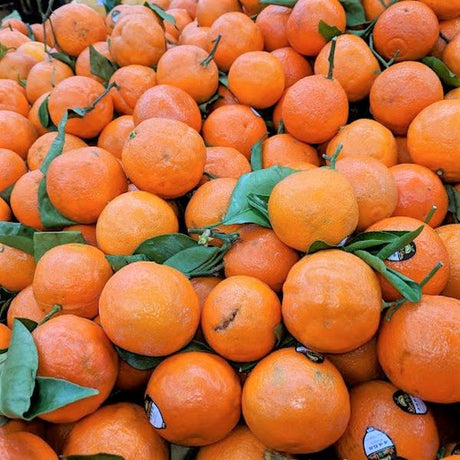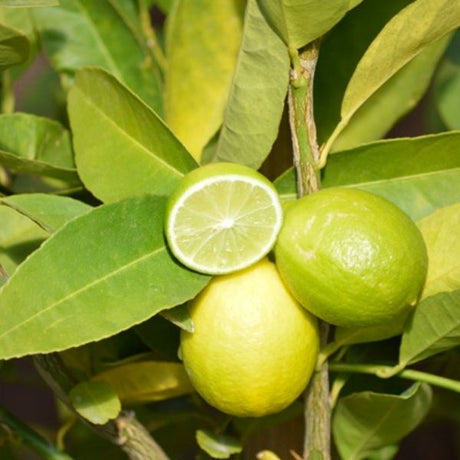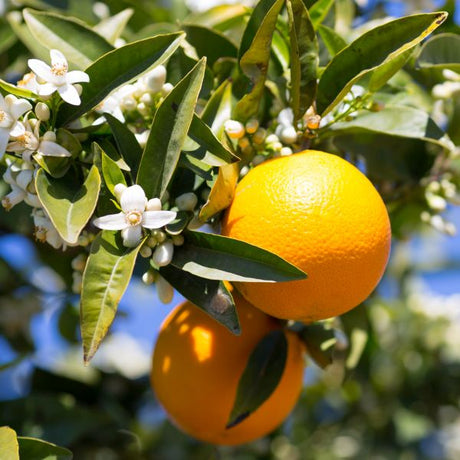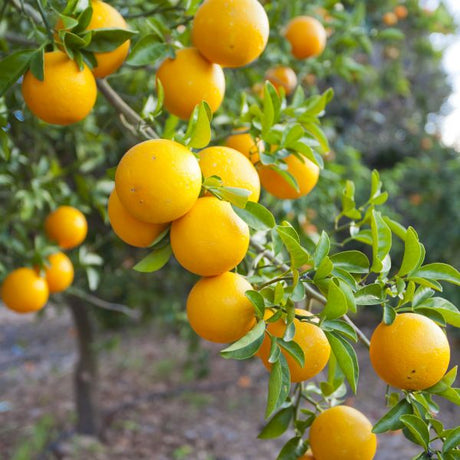-
-
Citrus limon x reticulata 'New Zealand Lemonade'
Regular price From $14953Unit price /Unavailable -
Sold outUp to 15% off
Improved Dwarf Meyer Lemon Trees
Citrus limon 'Meyer Improved'
Regular price From $10475Unit price /Unavailable -
Sold outUp to 16% off
Citrus reticulata 'Owari'
Regular price From $14957Unit price /Unavailable -
Sold out
Dwarf Brown Select Satsuma Tree
Citrus reticulata subsp. unshiu 'Brown Select'
Regular price $11997Unit price /Unavailable -
Sold outUp to 18% off
-
Sold out
-
Sold outUp to 8% off
-
Sold out
Citrus x limon Burm.f.'Variegated Pink
Regular price From $13971Unit price /Unavailable -
Sold outUp to 13% off
Citrus x sinensis 'Cara Cara'
Regular price From $14951Unit price /Unavailable -
Sold out
-
Sold out
-
Sold out
Citrus paradisi 'Macfadyen'
Regular price From $17997Unit price /Unavailable -
Sold outUp to 13% off
Citrus sinensis 'Washington'
Regular price From $14963Unit price /Unavailable -
Citrus paradisi x 'Star Ruby'
Sale price $19407 Regular price $23557Unit price /Unavailable -
Sold outUp to 15% off
-
Sold out
Citrus paradisi 'Ruby Red'
Regular price From $8966Unit price /Unavailable -
-
Sold out
Citrus x sinensisn 'Robertson'
Regular price $000Unit price /Unavailable -
Sold out
-
Sold out
California Honey Mandarin Tree
Citrus x reticulata 'California Honey'
Regular price From $14960Unit price /Unavailable -
Sold out
-
Sold out
Citrus x reticulata 'W. Murcott'
Regular price $000Unit price /Unavailable -
Sold out
Citrus madurensis Lour.'Calamondin'
Regular price From $14967Unit price /Unavailable -
Sold out
Clementine Mandarin Orange Tree
Citrus reticulata 'Clementine'
Regular price From $14987Unit price /Unavailable -
-
Sold outUp to 7% off
-
Sold out
-
Sold out
Citrus x aurantium 'Bouquet de Fleurs'
Regular price $14997Unit price /Unavailable -
-
Sold outUp to 18% off
-
Sold out
-
Sold out
Citrus limon 'Meyer Improved', Citrus x aurantiifolia
Regular price From $11987Unit price /Unavailable -
Sold outUp to 11% off
Citrus aurantifolia 'Mexican Thornless'
Regular price From $14981Unit price /Unavailable -
Sold outUp to 15% off
Midknight Valencia Orange Tree
Citrus sinensis 'Midknight Valencia'
Regular price From $13480Unit price /Unavailable -
Sold out
-
Sold out
-
Citrus Trees & Shrubs for Sale

Bring a taste of sunshine home with Nature Hills Nursery’s Citrus Trees and Shrubs. From Lemons and Limes to Oranges and Kumquats, these fragrant evergreen fruit trees fill your space with glossy foliage, white blooms, and vibrant fruit you can harvest right from your patio or garden.
Growing your own Citrus is easy-care, rewarding, and perfect for gardeners of all skill levels. Whether you plant them in the ground or grow them in containers, you’ll enjoy the tropical look, sweet fragrance, and flavorful harvest for years to come.
Where to Grow Citrus Trees

Citrus trees thrive in warm, frost-free regions where they can be planted right in the ground as productive landscape trees. In cooler climates, Citrus grows beautifully in containers that can be moved indoors for winter protection.
They love full sun, well-drained soil, and regular watering while young. As they mature, they become low-maintenance evergreens that reward you with showy white flowers, glossy green foliage, and juicy fruit.
Even if your region experiences frost, you can enjoy Citrus trees year-round by growing them as patio or indoor plants. They make striking focal points near your kitchen or outdoor seating areas, adding color, fragrance, and fun.
Learn how to transition your trees indoors in our Indoor/Outdoor Patio Citrus Plants Selection Guide.
Top Benefits of Citrus Trees
- Grows beautifully in-ground or in containers
- Fragrant waxy white blooms attract pollinators
- Evergreen foliage and year-round interest
- Produces fresh, vitamin-rich fruit
- Easy-care and rewarding for beginners
- Perfect for patios, sunrooms, or edible landscaping
- Adds a tropical look and sweet scent to any home
The Beauty of Citrus All Year
Citrus trees bloom with fragrant white flowers in spring, followed by glowing fruit that ripens from fall into winter. The contrast of colorful fruit against dark green leaves creates a living piece of art right in your landscape or sunroom.
Even a single tree can fill the air with sweetness and provide homegrown flavor for your kitchen, from fresh-squeezed juice to zest and marmalades. Keep your trees healthy with watering tips and seasonal care. For extra success, see our guide to Citrus fertilization.
Why Choose Nature Hills Citrus Trees
Since 2001, Nature Hills Nursery has been the trusted online source for premium Citrus trees for sale, shipped with care and backed by our Product Guarantee. Each tree is carefully grown and securely packaged to arrive healthy and ready to thrive.
You’ll find everything from classic Lemon, Lime, and Orange trees to unique selections like Grapefruit, Tangelos, and Australian Finger Lime. Our high-quality trees bring you bold flavor, incredible fragrance, and year-round greenery. Add mulch for moisture retention and protection. See our tree mulch guide.
For those in cooler regions, learn about protecting Citrus through chilly weather and how to plant Citrus trees successfully in your landscape.
You can shop with confidence knowing your Citrus trees are shipped only when weather conditions are safe, making sure your plants arrive fresh and ready to grow.
Grow Citrus with Confidence
Family-owned and operated since 2001, Nature Hills Nursery provides expertly grown trees and helpful Planting Guides to set you up for success.
Bring home the fragrance, flavor, and joy of homegrown Citrus today. Each tree is shipped with care and backed by generations of growing expertise. For extra inspiration, explore our homegrown fruit landscape ideas.
Shop the full Citrus Tree Collection now at Nature Hills and let your garden glow with tropical beauty and year-round freshness.

FAQ's for Buying Citrus Trees and Bushes Online
Where can I grow Citrus trees successfully?
Where can I grow Citrus trees successfully?
Citrus trees thrive in warm, frost-free climates, typically USDA Zones 8–11. In colder regions, you can still grow Lemon, Lime, and Orange trees in containers and overwinter them indoors. With proper light, drainage, and protection from frost, Citrus trees perform beautifully in patios, sunrooms, and garden spaces across the country.
What are the best Citrus trees to grow in containers?
What are the best Citrus trees to grow in containers?
For container gardening, choose dwarf or naturally compact Citrus trees like Improved Meyer Lemon, Calamondin Orange, Kaffir Lime, or Australian Finger Lime. These varieties are perfect for patios and small-space gardens. They thrive in pots, offer fragrant blooms and flavorful fruit, and can be moved indoors during colder months.
When do Citrus trees bloom and produce fruit?
When do Citrus trees bloom and produce fruit?
Most Citrus trees bloom in spring with fragrant white flowers and begin fruiting by late summer through winter, depending on the variety. Lemons and Limes may produce year-round in ideal conditions. For best harvests, give your Citrus trees plenty of sunlight, regular watering, and help with indoor pollination if grown inside.
How do I care for Citrus trees indoors during winter?
How do I care for Citrus trees indoors during winter?
Bring your Citrus tree indoors before frost arrives. Place it in the brightest window possible, or supplement with LED grow lights. Maintain moderate watering, increase humidity with a humidifier or misting, and avoid drafts. Citrus prefers slightly dry soil indoors, so let the top inch of soil dry out before watering again.
Why should I buy Citrus trees from Nature Hills Nursery?
Why should I buy Citrus trees from Nature Hills Nursery?
Nature Hills Nursery offers a curated selection of premium-quality Citrus trees for sale, including Lime, Lemon, Orange, and rare hybrid varieties. Our trees arrive safely in protective packaging, ready to thrive in your landscape or container garden. With decades of shipping experience, growing guides, and a first-year guarantee, you’ll grow with confidence.


